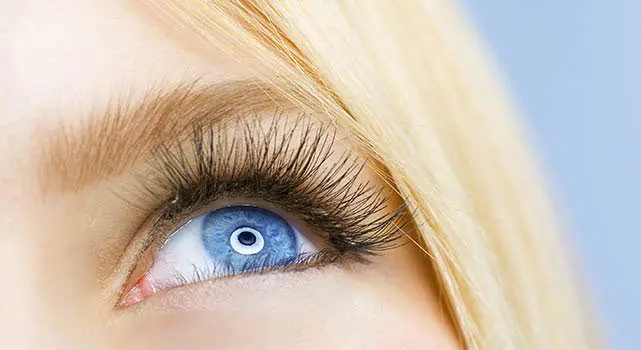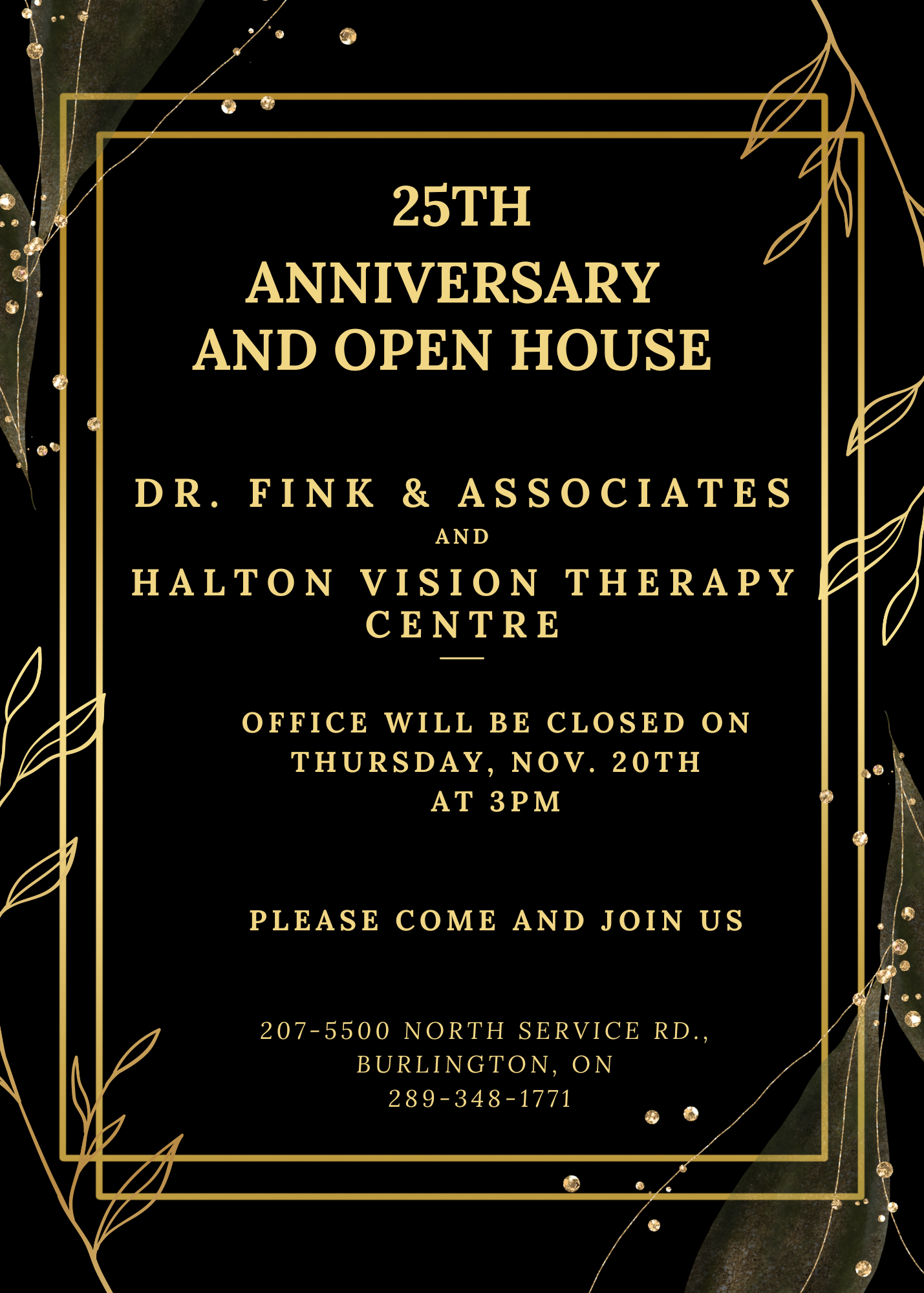March is here. And you know what that means…
It’s National Save Your Vision Month!
In honor of this special month, which not only signals the start of spring but reminds us to protect our eyes, we’ve put together a list of 5 essential ways that you can ‘save your vision.’
It goes without saying that routine eye exams are a top priority when it comes to taking care of your eyes, so here are 5 additional things you can do to keep your eyes healthy and your vision clear.
1. Maintain a Healthy Diet
You’re likely aware that a balanced diet consists of all different types of nutritious foods that contain the vitamins and nutrients you need to keep your body healthy and strong.
But did you know that certain foods actually promote eye health and can lower your risk of eye disease?
Eating foods that are high in omega-3 fatty acids, lutein and zeaxanthin, as well as vitamins A, B, C and E, can protect your eye health and help save your vision from sight-threatening eye diseases, like age-related macular degeneration (AMD), diabetic retinopathy and glaucoma.
If you don’t think your daily meals offer enough of these essential vitamins and nutrients, ask your doctor whether you should add a daily supplement to your diet.
2. Limit Screen Time
The digital world has created a new venue for working, communicating, socializing and entertainment. But it’s also brought about a new eye condition called computer vision syndrome (CVS) — also called digital eye strain (DES) — that’s a growing concern among eye care professionals.
Not only can too much screen time affect productivity in work and school, but it can also result in dry, red, irritated eyes, blurry vision, headaches, neck, back and shoulder pain, and even have a negative effect on your mood and quality of sleep.
So this month, take it upon yourself to be more aware of how much time you spend in front of a digital screen, and try to set boundaries whenever possible for you and your children. You can also practice the 20-20-20 rule — every 20 minutes, look at something at least 20 feet away for a minimum of 20 seconds.
3. Use Protective Eyewear
Every day, thousands of people receive emergency care for an eye-related accident — many of them resulting in permanent damage and vision loss.
The best way to protect yourself and your loved ones is by wearing protective eyewear for all activities that pose an eye health risk — from sports and water gun fights to lightsaber tournaments and science experiments. And, of course, this also implies any type of home-improvement project that involves small particles like grass, saw dust or metal flying into your eye.
Protective eyewear can truly save your vision.
4. Wear Sunglasses All Year Round
Sunglasses are more than just a fashion accessory to enhance your look. They shield your eyes from the sun’s harmful UV rays, which can damage your vision and lead to serious eye diseases like cataracts and macular degeneration.
Now you have an even better excuse to go out and buy yourself the new pair of shades you’ve been dreaming about. Just make sure they offer 100% UV protection.
Wear your new sunglasses all year round, even on cloudy and snowy days, because the sun’s UV rays can penetrate the clouds and reflect off the snow-covered ground, doubling your exposure.
5. Quit Smoking
If you’ve been thinking about quitting, now’s the time! Smoking is not only dangerous for your overall health, it increases your risk for sight-threatening eye diseases like glaucoma, diabetic retinopathy, age-related macular degeneration and cataracts.
So, for the sake of your vision and overall health, take the first steps toward kicking your smoking habit.
In honor of National Save Your Vision Month, why not try some of these vision-saving habits that can help you keep your eyes and vision healthy for a lifetime. Your future self will thank you.
Interested in learning more about how you can protect your eyes and vision? Contact Dr. Patricia Fink Optometry in Burlington today to schedule an appointment. We’ll be happy to answer any of your questions and to offer you the best possible eye care.




